Sterile Saline Tubes: Why and How to Use for Rinsing Eyes
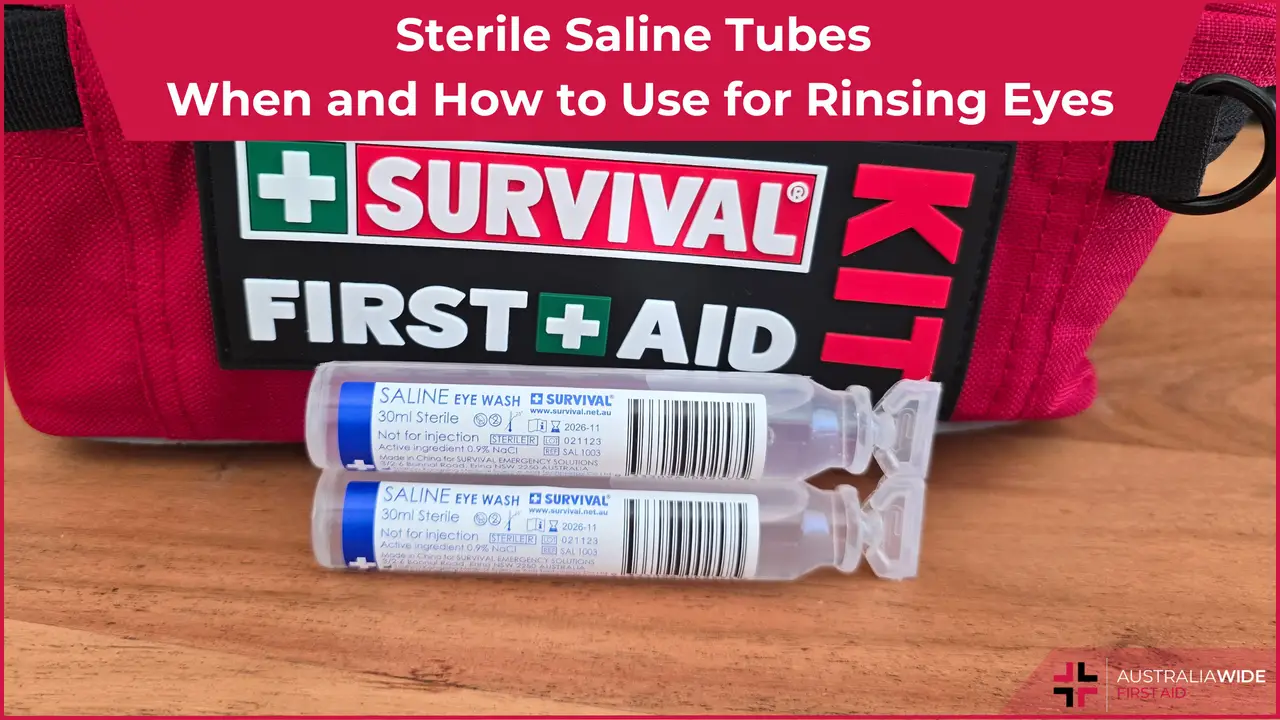

Accidents and injuries involving the eyes can be alarming and require immediate attention to prevent further damage.
When it comes to first aid for eye injuries or irritations, the choice of irrigation solution is crucial.
While tap water is commonly available, using sterile saline tubes is recommended for several important reasons.
It is for these reasons that you should ensure you have sterile saline tubes in your first aid kits. This is especially important if you are hiking, camping, or otherwise spending time away from a clean water source.
In first aid scenarios, using sterile saline tubes for eye irrigation is significantly safer and more effective than using tap water. The sterility, balanced composition, and controlled delivery of saline make it the ideal choice for treating eye injuries or irritations.
By choosing sterile saline, you reduce the risk of infection, minimize discomfort, and enhance the overall efficacy of the first aid treatment, ensuring better outcomes for eye health and safety.
Sterility and Safety
Sterile Saline:
Tap Water:
Appropriate pH and Osmolarity
Sterile Saline:
Tap Water:
Efficacy in Flushing Out Contaminants
Sterile Saline:
Tap Water:
Regulatory Recommendations
Medical and first aid guidelines, including those from organizations like the American Academy of Ophthalmology and the Red Cross, recommend using sterile saline for eye irrigation due to its safety and effectiveness. Sterile saline solutions meet rigorous regulatory standards for medical use, ensuring their suitability for sensitive applications such as eye care.
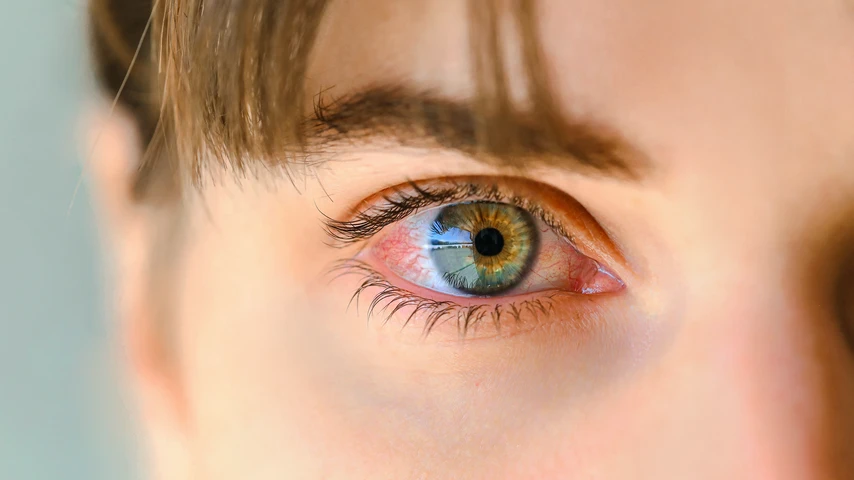
Rinsing your eyes, otherwise known as eye irrigation, can be needed for a number of reasons.
Foreign Particles: Dust, dirt, or small debris can accidentally enter the eye, causing discomfort and potential damage if not promptly removed.
Chemical Exposure: Accidental splashes of chemicals, such as cleaning agents or industrial solvents, can severely injure the eyes, requiring immediate irrigation.
Allergic Reactions: Allergens like pollen can cause irritation and inflammation, necessitating a gentle rinse.
Dry Eyes: In cases of severe dryness, a saline rinse can provide temporary relief by moisturizing the eye surface.
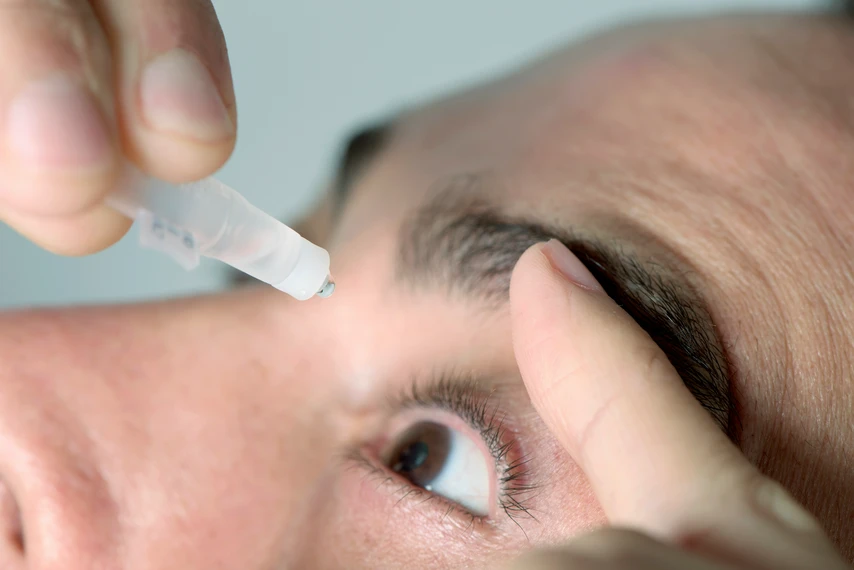
Supplies Needed:
Steps to Rinse Eyes:
Do Not Reuse Tubes: Sterile saline tubes are intended for single use only to maintain sterility and prevent contamination.
Check Expiry Dates: Ensure the saline solution is within its expiration date to guarantee its effectiveness and safety.
Avoid Direct Contact: Do not let the tip of the saline tube touch the eye, eyelids, or any other surface to keep the solution sterile.
Seek Medical Help for Severe Cases: For serious injuries, such as chemical burns or penetrating eye injuries, seek immediate medical attention after initial rinsing.
Using sterile saline tubes for eye rinsing is a straightforward yet crucial first aid technique.
Whether dealing with minor irritants or more serious exposures, knowing when and how to properly rinse the eyes can prevent further damage and promote healing.
Always keep sterile saline tubes in your first aid kit and be prepared to act quickly and effectively in case of an eye emergency.
Proper eye care can make a significant difference in the outcome of an injury, and saline rinsing is a key component of that care.
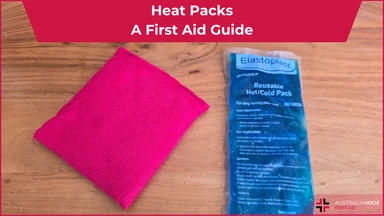
July 29, 2024
Heat packs are a valuable tool in first aid for treating a variety of conditions, particularly those involving chronic pain, muscle tension, and joint stiffness. Proper use of heat therapy can enhance recovery and provide significant pain relief. This guide outlines how and when to use a heat pack effectively.
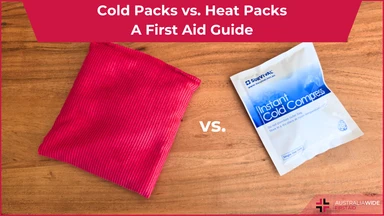
June 14, 2024
In the realm of first aid, the use of cold packs and heat packs is fundamental for managing a variety of injuries and conditions. Knowing when to apply each can significantly impact the effectiveness of the treatment and the speed of recovery.
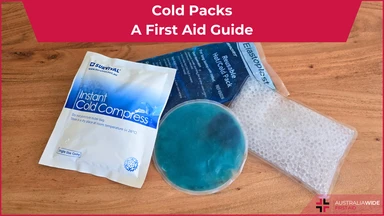
June 11, 2024
Cold packs are a fundamental tool in first aid for managing a variety of injuries and conditions. Their proper use can significantly reduce pain, swelling, and promote faster recovery.